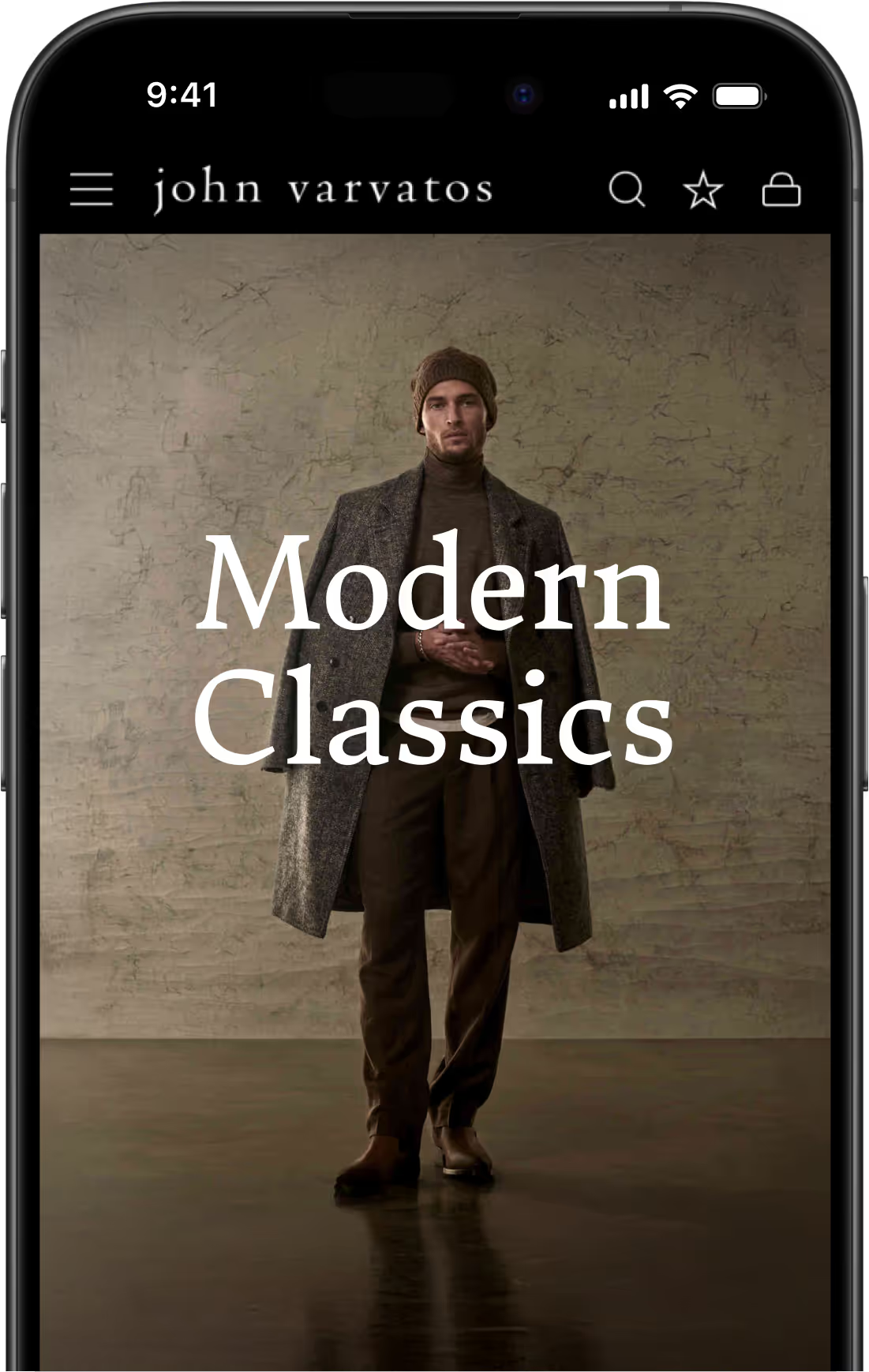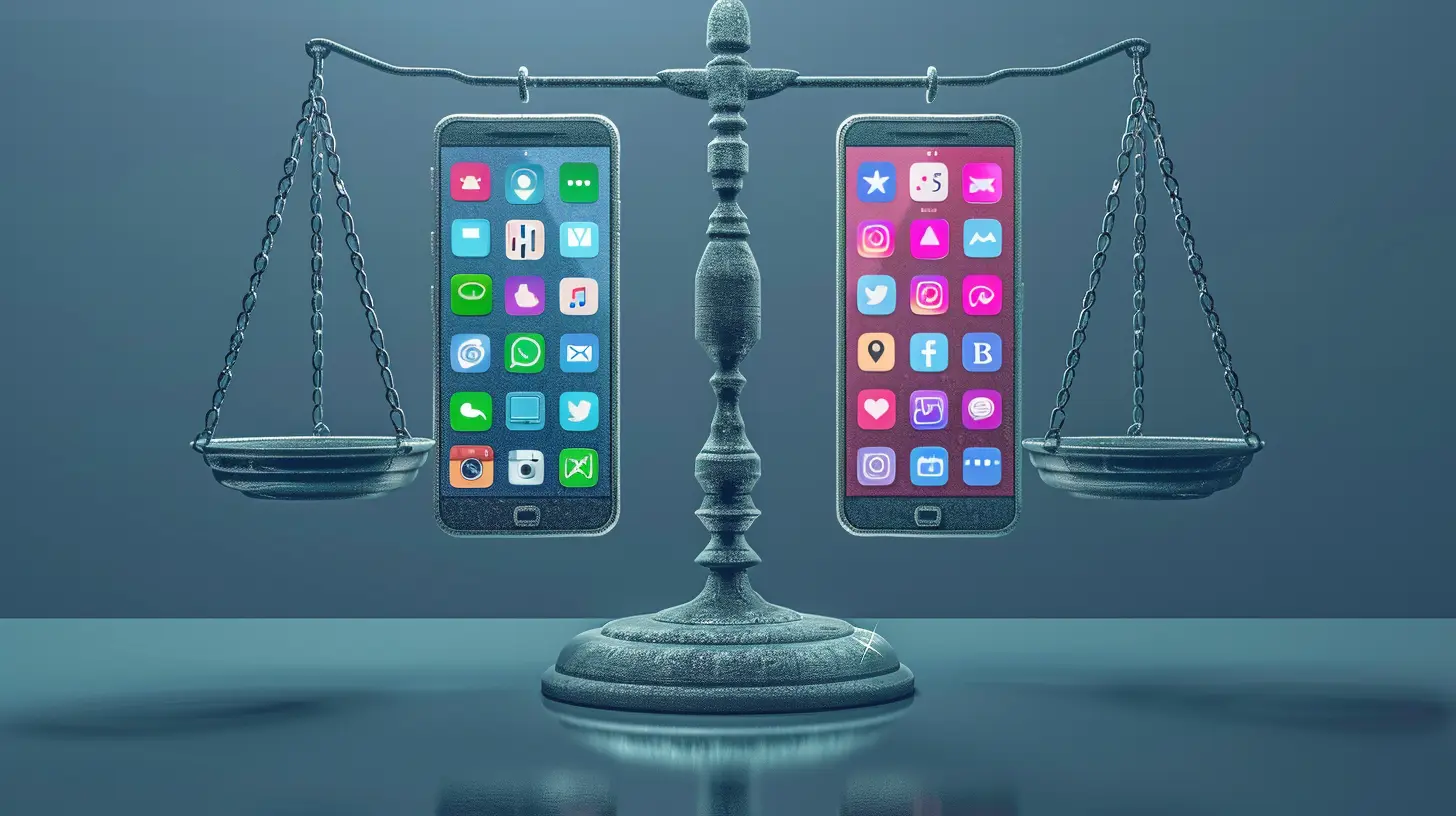Should You Turn Your Website into a Native App or a PWA? Pros & Cons
- PWAs improve mobile web performance and conversions, but lack the deep engagement and retention power of native apps.
- Native apps offer better long-term ROI and customer loyalty, especially when combined with a strong PWA foundation.
- With MobiLoud, you can turn your website—or PWA—into fully functional native apps without rebuilding, unlocking push notifications and app store visibility.
In the 2020s, mobile is the most critical channel for growth for businesses operating online.
Mobile internet usage continues to grow, as does the mobile commerce market, with more than 70% of all traffic to online stores coming on mobile.
Modern businesses absolutely have to think about how best to engage customers on mobile. In here is a choice – invest in a native app, or go the Progressive Web App (PWA) route.
Both have pros and cons, and each business has their own criteria that impacts their decision in going from website to app.
In this article, we’ll help you decide, by breaking down the case for each, and finishing up with a recommendation on the most effective way to boost mobile engagement for your business.
The Core Difference Between Native Apps and PWAs
First, let’s clarify the difference between a native app and a Progressive Web App.
Native apps are built specifically for iOS or Android platforms, distributed through app stores, and installed on users' devices. They can fully access device features like cameras, GPS, and push notifications.
Progressive Web Apps (aka PWAs) are enhanced websites that provide app-like experiences without requiring installation. Users access them through browsers, can add them to home screens, and can even use them offline.
In short – a native app runs directly on the user’s device, while a PWA runs in the browser.
To read more, check out our deep dive on the topic: Progressive Web Apps vs Native Apps
The Case for Native Apps vs PWAs
Now we’re going to look at the case for each option, broken down by several key categories.
User Engagement and Retention
A successful mobile strategy ultimately hinges on how well it keeps users engaged and coming back.
Native apps excel at engaging users who have already installed them. The app icon on a home screen serves as a constant reminder, and push notifications reliably bring users back. When users commit to installing your app, they typically become your most valuable customers.
The challenge? Getting users to install in the first place.
Research shows 51% of consumers download zero new apps in an average month. Even when installed, 71% of app users churn within three months.
PWAs have a clearer path to boosting engagement, with no installation required. However, the benefits aren’t as deep, especially when it comes to retention.
When someone downloads your native app, there’s a deep connection built that leads them to come back. PWAs don’t have the same stickiness.
Bottom line: Native apps offer greater benefits for engagement and retention; assuming you can get people to download your apps.
Discoverability and Acquisition
How customers find you significantly impacts which approach works best.
Native apps rely on app stores for distribution, or the brand’s own channels.
While app stores provide a discovery channel, competition is fierce among 2.5+ million apps. Unless your app ranks highly or gets featured, organic discovery remains limited.
However, app store acquisition is less of a factor when it comes to converting your website into an app. Since you already have an audience, via your website (as well as other channels, like email), you can leverage these channels to get app users a lot easier than someone launching an app at square one.
PWAs are certainly more discoverable. They are, for all intents and purposes, websites, and are indexed and discovered via search just as a typical website is, making acquisition more straightforward.
Bottom line: PWAs are more widely discoverable than native apps, and acquisition is easier (with no download required).
Performance and Capabilities
Native apps are known for optimized performance and smooth experiences, especially for graphics-intensive tasks. They can integrate deeply with device features and other apps installed on the device.
PWAs have made significant strides in performance capabilities. A well-optimized PWA can outperform a poorly coded native app.
While PWAs continue gaining access to more device features, some capabilities remain limited.
If your business requires deep device integration or specialized features, native apps may hold the advantage.
Bottom line: Native apps will typically outperform Progressive Web Apps (though web technologies are closing the gap).
Revenue Potential and Monetization
PWAs show intriguing benefits for conversions, particularly for ecommerce brands.
- AliExpress built a PWA and saw a 104% increase in conversion rates for new users.
- Lancôme opted against a native app in favor of a PWA and achieved a 17% increase in overall conversions.
- Debenhams' PWA resulted in mobile revenue rising by 40%.
However, native mobile apps provide similar results, with better LTV potential due to increase retention rates.
Bottom line: Both PWAs and native apps are great ways to drive more business revenue. PWAs may drive more revenue short-term, due to higher discoverability, but long-term revenue is in favor of native apps.
Development Costs and ROI
Native app development typically means building separate codebases for iOS and Android, or using cross-platform frameworks like React Native or Flutter – all of which take significant development resources.
You'll still maintain a website in most cases, effectively managing three separate platforms.
A PWA represents an upgrade of your existing web application using a single codebase that serves all platforms.
Development time for a PWA is often a fraction of that for a native app – studies found creating a PWA can be 3-8 times cheaper than a native app. Maintenance is unified, with bug fixes and feature additions happening once for all users.
So, on the surface, PWAs are a LOT cheaper and faster and easier to manage.
However, with services like MobiLoud, the website to app process is much, much cheaper than traditional development, while allowing you to maintain just one codebase, as with PWAs.
Bottom line: Traditional app development is extremely expensive, but modern solutions like MoibLoud make website to native app conversion only a little more expensive than PWA (and overhead is roughly equal). With that in mind, ROI is likely to be higher with a native app, with higher LTV potential.
When to Choose Each Approach
Based on these considerations, here's guidance for different business types:
For online businesses (such as ecommerce stores), a PWA often represents the logical first step.
It improves the experience for the majority of users who find you via web search or ads, leading to higher conversions and revenue.
A native app might serve as a second-phase investment to engage your most loyal customers with features like loyalty rewards and personalized offers.
For digital publishers, a robust PWA is essential.
Your growth and ad revenue depend on capturing visitors from search or social and encouraging them to read more content. A native app may play a role for premium subscribers who want curated, ad-free, or offline reading experiences.
For SaaS companies, if your product is primarily desktop-based with mobile as a "nice-to-have" for quick checks, a PWA can perfectly fill that gap.
However, if mobile usage represents a core part of your service's value, investing in a native app can significantly enhance user satisfaction.
The Combined Approach (Native App + PWA)
Realistically, there’s no need to choose just one or the other. Many successful businesses use both channels to maximize reach and engagement.
Start by ensuring your mobile web experience is top-notch (PWA) as the foundation. This immediately improves engagement and conversion across all users.
From there, you can turn your Progressive Web App into a native app, and enjoy all the benefits of both assets.
Users who visit you via the web will get the PWA experience; while your most loyal, engaged users can download your native app.
This is a fantastic approach for ecommerce stores, digital publishers, and any other web-first businesses that have a significant amount of mobile traffic, and are looking to increase engagement from new users, while at the same time driving more long-term revenue from their top customer segments.
Bottom Line: PWA is Nice – But Native is Better (and Both is an Option)
Building a Progressive Web App is a smart move for improving mobile web performance and boosting conversions from search and ad traffic.
But they still have limitations. PWAs can’t fully match the visibility, engagement, and retention power of a true native app.
It’s a great start – and the best approach is to build a PWA, then turn it into a native app.
That’s where MobiLoud comes in. We help you go beyond the browser by turning your existing website (or PWA) into fully functional iOS and Android apps – without a rebuild, extra code, or added maintenance.

With MobiLoud, you unlock an app store presence, home screen visibility, and the ability to send high-converting push notifications that actually get seen.
Many businesses start with a PWA to improve mobile UX, then level up with a native app to capture loyal users and boost repeat revenue.
With MobiLoud’s done-for-you service, you don’t have to choose. Your website powers both experiences, and we handle the rest.
All this comes for a fraction of the cost of traditional native development – leveling the playing field between native apps and PWAs.
If you want to see what’s possible, get a free preview of your app now, and we’ll show you just how easy it is to turn your mobile-optimized website into a high-converting native app.
FAQs
Convert your website into a mobile app











.webp)
